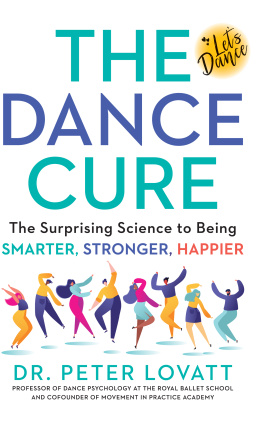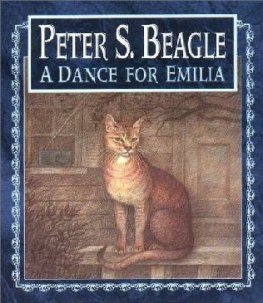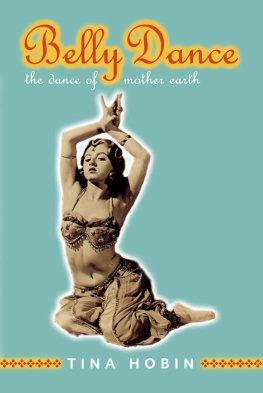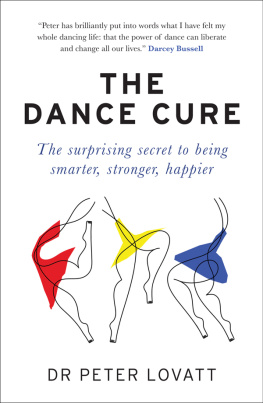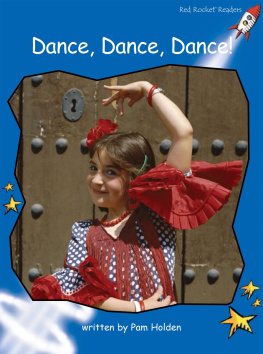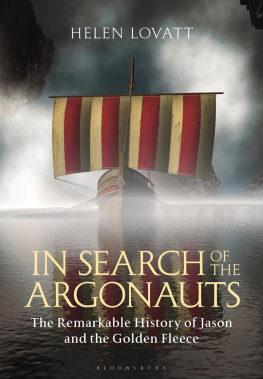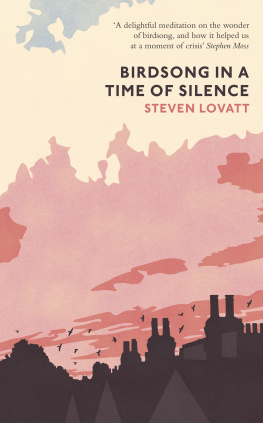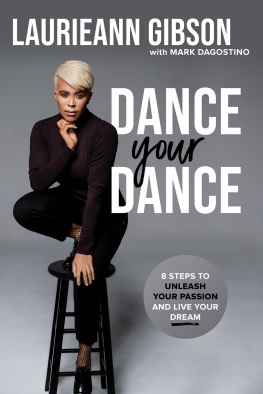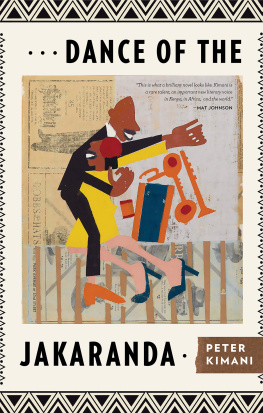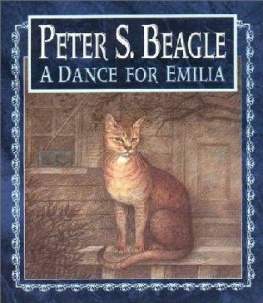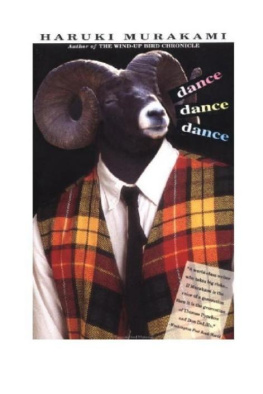Peter Lovatt - The Dance Cure
Here you can read online Peter Lovatt - The Dance Cure full text of the book (entire story) in english for free. Download pdf and epub, get meaning, cover and reviews about this ebook. year: 2020, publisher: HarperOne, genre: Home and family. Description of the work, (preface) as well as reviews are available. Best literature library LitArk.com created for fans of good reading and offers a wide selection of genres:
Romance novel
Science fiction
Adventure
Detective
Science
History
Home and family
Prose
Art
Politics
Computer
Non-fiction
Religion
Business
Children
Humor
Choose a favorite category and find really read worthwhile books. Enjoy immersion in the world of imagination, feel the emotions of the characters or learn something new for yourself, make an fascinating discovery.
- Book:The Dance Cure
- Author:
- Publisher:HarperOne
- Genre:
- Year:2020
- Rating:4 / 5
- Favourites:Add to favourites
- Your mark:
- 80
- 1
- 2
- 3
- 4
- 5
The Dance Cure: summary, description and annotation
We offer to read an annotation, description, summary or preface (depends on what the author of the book "The Dance Cure" wrote himself). If you haven't found the necessary information about the book — write in the comments, we will try to find it.
The Dance Cure — read online for free the complete book (whole text) full work
Below is the text of the book, divided by pages. System saving the place of the last page read, allows you to conveniently read the book "The Dance Cure" online for free, without having to search again every time where you left off. Put a bookmark, and you can go to the page where you finished reading at any time.
Font size:
Interval:
Bookmark:

To my mother, for giving me the gift of dance.
To my wife, Lindsey, for dancing with me every day.

W e are born to dance. Dancing changes the way we feel and think and boosts our self-esteem. We communicate through dance: just as the way we move is influenced by our emotions so we can recognize a persons emotional state from the way they move their body. Whats more, our own subconscious movements are influenced by our hormonal and genetic make-up. So dancing brings together our body, our mind and our hormonesno wonder it is such a powerful activity that can make us feel fabulous.
In this book Im going to take you on an adventure as I explore our urge and desire to dance. Its a story older than civilization, one that predates language, and which set the rules of human societies before the birth of organized religion. A story packed with conflict, jealousy and forbidden love.
As a dance psychologist and teacher, I have witnessed the way dancing has changed the lives of hundreds of people. Some years ago, a woman in her late thirties used to come to my dance classes. Each week she would arrive ten minutes before the class began and I would ask her the normal new student questions: Had she danced previously? Did she have any injuries? And each week she would have to remind me that she wasnt a new student, that she had been the previous week... and we would both nervously laugh. This happened four weeks in a rowmuch to my embarrassmentuntil I finally understood what was going on.
The studio I taught in had a mirror. And, on that fourth week, I used the mirror to teach part of the session. As I scanned the room in the reflection, my eyes alighted on a woman I didnt recognize, whom I must have missed at the beginning of the class. And then, when I turned to face the students, and everyone stopped dancing, I recognized her: it was the woman I kept forgetting. As I watched her make her way to the changing rooms, it suddenly became clearthere was a complete disconnect between this womans persona off and on stage. On arrival at the class, she looked anxious, tired and worn down and walked with an awkward, heavy gait. But when she danced, she came alive. Her eyes were bright, and she appeared taller and more relaxed. She moved with light-footed steps, and her arms flowed. When she danced, she surrendered herself to joy.
Virginia Woolf, not a person one would necessarily associate with wild and free-spirited dancing, describes this power beautifully. Lying in bed on a winter evening, the 21-year-old Virginia writes of being pulled to her window by the sound of music and laughter from a party across the street: Dance music... stirs some barbaric instinctyou forget centuries of civilization in a second, & yield to that strange passion which sends you madly whirling round the room.... It is as though some swift current of water swept you along with it.
I have seen this transformative power in both men and women, old and young. I have seen it in people who have danced for many years, and I have seen it in people for whom dance is a new experience. I have even seen it in businessmen who have previously told me that they dont and indeed cannot dance. And it has nothing to do with how good a dancer someone is, nor is it about any particular style of dance. I have seen it in people when they have been dancing freestyle in nightclubs or performing ballet and other classical forms such as Indian dance; I have seen it in modern forms such as jazz, tap and contemporary dance, in couple dancing such as ballroom and Latin, and in social forms such as line dancing. What all these forms have in common is that they require a particular kind of communication between the brain and the bodyusing movements that can connect people with themselves and connect them with others.
A special sort of beauty is perceivable in people when they dance. I dont mean beauty in a physical sense. The beauty that is visible through dance has nothing to do with the size or shape of your body. Its about the kind of beauty you show when you are happy, worry-free and living in the moment. Dance plugs people into the here and now. A ballet teacher of mine once said that dance is movement, and movement is life. Dancing brings the life essence of a person to the fore.
In my case, dance has been transformative in an eminently practical way too. In , I will explain how, from being a professional dancer with no academic qualifications, I became a scientist researching at Cambridge Universityand how I got there through dance. Indeed, it was largely thanks to dancing that, at the relatively late age of 23, I learned to read.
A huge amount of research has been done on dance in the fields of neuroscience, cognition, biology, medicine, anthropology and evolutionary theory, and the evidence is clear: it shows that the act of dancing brings about specific psychological and physical changes that can play an important role in our lives.
In this book I will describe how dancing affects both our mental processingi.e., what and how we thinkand our emotions. Dancing can reduce anxiety, partly by getting us to focus on the self and live in the moment. Physically, it enables us to control tension and relaxation in key areas of our body, causing us to move with a different purpose from, say, when we walk to get from A to B, or run for exercise. I will explain how our psychological and physical states are intimately related, and how making a change to one of them will lead to a change in the other.
Having explained the science, I will show you a whole range of practical ways in which you can use dance to improve your life. Using laboratory-based evidence, I have created a unique set of combos and dance routines tailored to produce particular effects and emotional changes. The way we move our body affects us at many different levels. Some combinations of movement can calm us and improve our mood; some can make us feel energized and focused; some can help us to think more creatively and speed up our problem-solving ability; still others can make us feel more robust and confident. Whats more, these changes are evident to the people around us.
Dance is one of the most powerful forms of communication that we have. It changed my life. And it can change your life, too.
W hen I dance, I feel different, in lots of ways; I am more aware of my emotions, I find it easier to relate to people, my mind feels less cluttered and, perhaps most importantly, I feel more me. When Im moving, listening to music, feeling the groove, jumping, turning, bouncing and preparing to do a double pirouette, I have a feeling of completeness. The world looks, sounds and feels different. My lungs and heart fill up on an expansive breath, and I float, fly and feel completely free.
I also think best when Im moving. Sitting still never came naturally to me. I fidget, twitch and get distracted by sounds, lights, smells and the feeling of clothes on my body. When my body is still, my mind races from one thought to another, turning at tangents. Moving gives my thoughts an order and a shapealso, interestingly, different types of dance seem to arrange my thoughts in different ways.
As someone who hates sitting down, I hated school. I hated school for other reasons too: I found the lessons difficultI really struggled to learn the basics of reading and writing; and I didnt fit in. That said, I was also enormously lucky that my secondary school had a dance group. It was called Color Supplement because all the dancers had to wear different-colored Lycra catsuits. Mine was maroon. Perhaps this was the reason very few boys joined Color Supplementmost of the time I was the only one. While all the other boys in my year group were getting changed for soccer, Id be squeezing myself into a series of Lycra tubes and putting on jazz shoes.
Font size:
Interval:
Bookmark:
Similar books «The Dance Cure»
Look at similar books to The Dance Cure. We have selected literature similar in name and meaning in the hope of providing readers with more options to find new, interesting, not yet read works.
Discussion, reviews of the book The Dance Cure and just readers' own opinions. Leave your comments, write what you think about the work, its meaning or the main characters. Specify what exactly you liked and what you didn't like, and why you think so.

